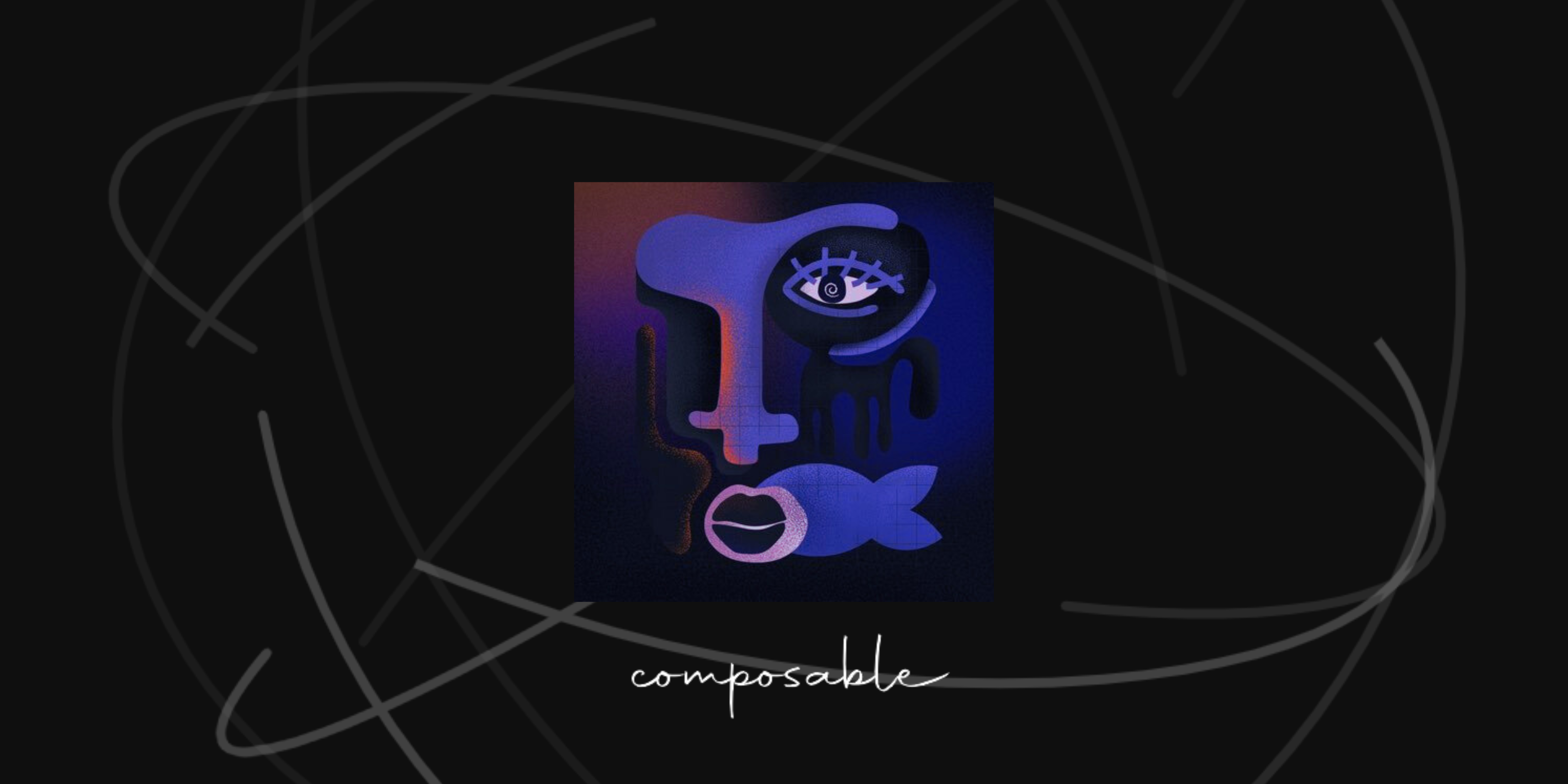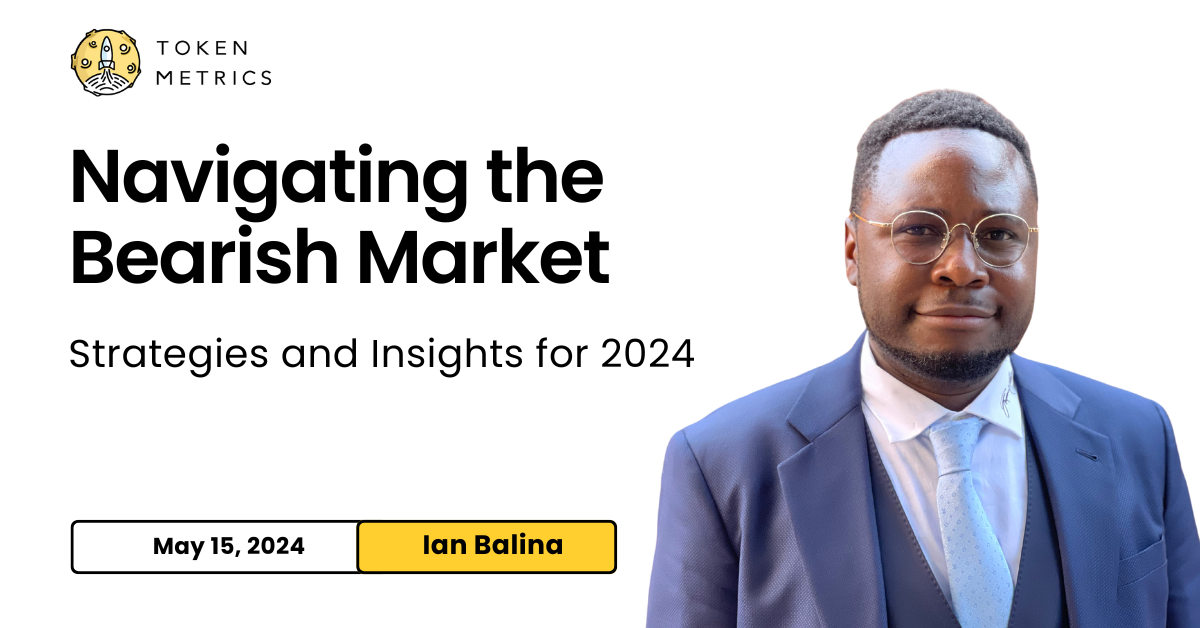Composable Finance is an innovative project in the decentralized finance (DeFi) sector focused on solving critical challenges related to interoperability and fragmentation within blockchain ecosystems. By extending the Inter-Blockchain Communication (IBC) protocol beyond its initial scope, Composable Finance aims to create a seamless, trustless, and non-custodial environment that facilitates efficient cross-chain interactions. This initiative empowers developers and users to operate across various Layer 1 and Layer 2 networks and eases the onboarding of traditional finance stakeholders into the DeFi space.
Innovation
Composable Finance addresses significant challenges in the DeFi space, notably the fragmentation between different blockchain networks and the limitations of current blockchain bridges, which are often centralized and vulnerable to security breaches. By leveraging and extending IBC for trust-minimized, non-custodial cross-chain transactions and optimizing smart contract execution across monolithic chains through the Composable VM, the project offers a comprehensive solution to these issues.
Composable Finance Architecture
The architecture of Composable Finance is built on several fundamental technical mechanisms:
- IBC Extensions: Initially designed for Cosmos SDK chains, the IBC protocol is extended to other ecosystems like Polkadot, Kusama, and Ethereum, facilitating decentralized transactions.
- Light Clients and Hyperspace Relayer: Light clients are utilized for trustless verification, and a custom-built Hyperspace relayer ensures efficient cross-chain communication.
- Cross-Ecosystem UX: Emphasis is placed on creating user-friendly cross-chain experiences, offering services such as optimal lending rates and efficient swaps.
Code Quality
Composable Finance’s codebase demonstrates a high level of sophistication and reliability. The project employs IBC-go and IBC-rs for Cosmos SDK and Rust-based blockchains, respectively, ensuring robust implementations. Light clients and the Fisherman Protocol for enhanced security highlight the team’s commitment to maintaining a secure and trustworthy ecosystem.
Product Roadmap
Composable Finance‘s roadmap includes several ambitious milestones to enhance cross-chain interoperability and user experience. Key future developments involve:
- Expanding IBC extensions to more blockchain ecosystems.
- Improving the scalability and efficiency of the Composable Virtual Machine (CVM).
- Continually enhancing security measures to protect against evolving threats.
Usability
Usability is a core focus of Composable Finance. The project aims to provide a seamless cross-chain experience for users by integrating features like a virtual wallet for cross-chain asset management and a single native account on a designated chain. This will ensure users can easily control their assets across chains without custodial risks.
Team
The team behind Composable Finance comprises experts in blockchain technology, cryptography, and software development. Their collective experience and technical expertise are reflected in the project’s innovative solutions and robust architecture. The team’s commitment to transparency and security further reinforces the project’s credibility.
Conclusion
Composable Finance presents a pioneering approach to addressing interoperability and fragmentation issues in the DeFi space. The project demonstrates a solid commitment to creating a trustless, decentralized cross-chain ecosystem through innovative use of IBC extensions, light clients, and a robust CVM. However, the complexity and scalability of such an ambitious project will require ongoing attention to ensure security and efficiency as the ecosystem grows.
| Initial Screening | |||
| Keep researching | |||
| Does this project need to use blockchain technology? | Yes | ||
| Can this project be realized? | Yes | ||
| Is there a viable use case for this project? | Yes | ||
| Is the project protected from commonly known attacks? | Yes | ||
| Are there no careless errors in the whitepaper? | Yes | ||
| Project Technology Score | |||
| Description | Scorecard | ||
| Innovation (Out Of 11) | 8 | ||
| How have similar projects performed? | Good | 2 | |
| Are there too many innovations? | Medium | 1 | |
| Percentage of crypto users that will use the project? | 6% – 10% | 3 | |
| Is the project unique? | Yes | 2 | |
| Architecture (Out of 12) | 9 | ||
| Overall feeling after reading whitepaper? | Good | 2 | |
| Resistance to possible attacks? | Good | 2 | |
| Complexity of the architecture? | Very Complex | 0 | |
| Time taken to understand the architecture? | 20-50 min | 1 | |
| Overall feeling about the architecture after deeper research? | Good | 4 | |
| Has the project been hacked ? | No | 0 | |
| Code Quality (out of 15) | 15 | ||
| Is the project open source? | Yes | 2 | |
| Does the project use good code like C,C++, Rust, Erlang, Ruby, etc? | Yes | 2 | |
| Could the project use better programming languages? | No | 0 | |
| Github number of lines? | More than 10K | 1 | |
| Github commits per month? | More than 10 | 2 | |
| What is the quality of the code? | Good | 2 | |
| How well is the code commented? | Outstanding | 2 | |
| Overall quality of the test coverage? | Outstanding | 2 | |
| Overall quality of the maintainability index? | Outstanding | 2 | |
| When Mainnet (out of 5) | 5 | ||
| When does the mainnet come out? | Mainnet Ready | 5 | |
| Usability for Infrastructure Projects (out of 5) | 3 | ||
| Is it easy to use for the end customer? | Yes | 3 | |
| Team (out of 7) | 6 | ||
| Number of active developers? | 5+ | 2 | |
| Developers average Git Background? | Senior | 2 | |
| Developers coding style? | Solid | 2 | |
| Total Score (out of 55) | 48 | ||
| Percentage Score | |||
| Innovation | 14.55% | ||
| Architecture | 16.36% | ||
| Code Quality | 27.27% | ||
| Mainnet | 9.09% | ||
| Usability | 9.09% | ||
| Team | 10.91% | ||
| Total | 87.27% |





